The finalists are Kangasala House, Merenkulkijanranta residential area, OKOBANK office block, Opinmäki School and the timber-‐framed Puukuokka multi-‐storey residential building.
The Finlandia Prize for Architecture will be awarded by the Finnish Association of Architects SAFA in 2015 for the second time. The five finalists shortlisted by the pre-‐selection jury are: the Kangasala House cultural centre in Kangasala; the residential high-‐rise buildings at Merenkulkijanranta; the Opinmäki School in Espoo; the new OKOBANK office block in Helsinki; and the timber-‐framed Puukuokka high-‐rise residential building in Jyväskylä. The winner will be chosen by Kaija Saariaho, a Finnish composer of international renown, and will be announced at the awards ceremony to be held in Helsinki on 23 September 2015.
Kaija Saariaho: architecture shapes our life on a daily basis
This year, the organisers wanted to have the winner selected by a person of solid cultural merits who had made her name in a field other than architecture. Kaija Saariaho is one of Finland’s best known composers of contemporary music who has toured concert halls across the world.
“I’ve always taken a keen interest in architecture and of course concert halls. When visiting the buildings now proposed for the prize, I gave much thought to how deeply architecture affects our lives on a daily basis,” says Saariaho.
“What I found attractive about the OKOBANK block,” continues Saariaho assessing the finalists, “was that all the sites and services needed by the employees in the course of the day were found under the same glass roof that links up all the buildings in the complex.
The timber-‐framed Puukuokka high-‐rise building appealed to me because of the soft and cosy acoustics that could sensed even on the staircase and the intimate atmosphere of the dwellings. The Merenkulkijanranta residential block combines a dreamy, beautiful seafront view with a sense of community. The Kangasala House made a strong impression by its highly adaptable auditorium, versatility and stately exterior. The Opinmäki School is an interesting and open concept with its glass walls conducive to close interaction between classrooms.”
Standing next to a stone church, Kangasala House nicely rounds off the town’s centre. In the view of the pre-‐selection jury, this cultural centre completed in 2015 is fresh and innovative in combining various functions: a multipurpose auditorium, art museum, and the chambers of the municipal council and board. Inside, this stately concrete edifice divides into well-‐lit meandering ’canyons’ created by the light-‐coloured lobby spaces. The building is designed by Heikkinen-‐Komonen Architects.
The Merenkulkijanranta block sits on a seafront plot at the intersection of nature and urbanity in Lauttasaari, Helsinki. Construction has been carried out in several stages since 2008, with the last building completed in 2015. According to the pre-selection jury, the buildings reach out over the sea like the fingers of a hand. Under the buildings runs a public footpath – underlining the Finnish tradition of reserving the shoreline for public use. The block is designed by Arkkitehdit NRT Oy.
The OP House puts the finishing touch to a large urban block in the Vallila district, Helsinki. According to the pre-selection jury, the triangular openings or ‘cracks’ give a nice rhythm to the large volume of mass. At the centre of the block there is a high, well-lit space comprising conference rooms, restaurants, cafés and wellbeing services. The working environment is characterized by light and a sense of a unique experience. A diversity of historical layers adds a complementary touch to the complex. The house, completed in 2015, is designed by JKMM Architects.
Puukuokka, an eight-‐storied timber-‐framed residential building in Kuokkala, Jyväskylä, serves as a prime example of how to create original and individualistic housing design using new production and manufacturing techniques. The spacious stairwell offers a splendid view of the surrounding landscape creating a unique architectonic atmosphere in the heart of the building. The building was completed in 2014 and is designed by OOPEAA Office for Peripheral Architecture.
The Finlandia Prize for Architecture is awarded to a design or renovation design for an outstanding new building or building complex that has been completed within the past three years. The prize may be awarded either to a Finnish or foreign architect, or to an archictural firm for a project designed for a location in Finland; or to a Finnish architect or architectural firm for a project designed for a location abroad. The purpose of the prize is to promote the appreciation of high-‐quality architecture and to highlight the importance of architecture in producing cultural value and increasing well-‐being.
The Finnish Association of Architects, SAFA, made the decision to establish the Finlandia Prize for Architecture on 12 December 2011. The prize logo was created by the graphic designer Aimo Katajamäki. The logo was inspired by the earlier Acanthus leaf logo, drawn for SAFA by Alvar Aalto.
Website: www.arkkitehtuurinfinlandia.fi
Facebook: www.facebook.com/ARKFinlandia
Twitter: https://twitter.com/ArkfinPrize
Cover photography by Tuomas Uusheimo.
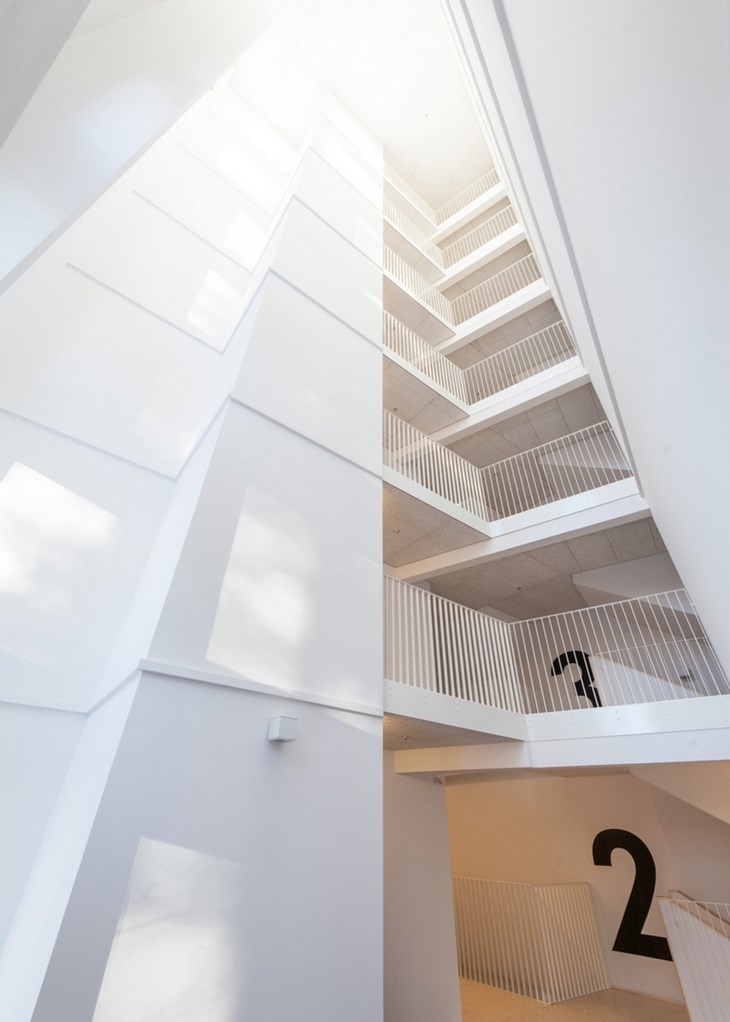 PUUKUOKKA / OOPEAA – OFFICE FOR PERIPHERAL ARCHITECTURE / PHOTOGRAPHY BY MIKKO AUERNIITTY
PUUKUOKKA / OOPEAA – OFFICE FOR PERIPHERAL ARCHITECTURE / PHOTOGRAPHY BY MIKKO AUERNIITTY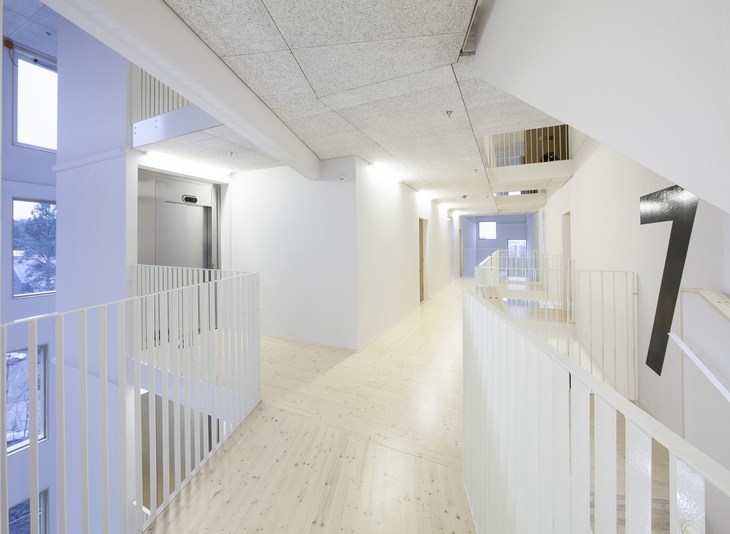 PUUKUOKKA / OOPEAA – OFFICE FOR PERIPHERAL ARCHITECTURE / PHOTOGRAPHY BY MIKKO AUERNIITTY
PUUKUOKKA / OOPEAA – OFFICE FOR PERIPHERAL ARCHITECTURE / PHOTOGRAPHY BY MIKKO AUERNIITTY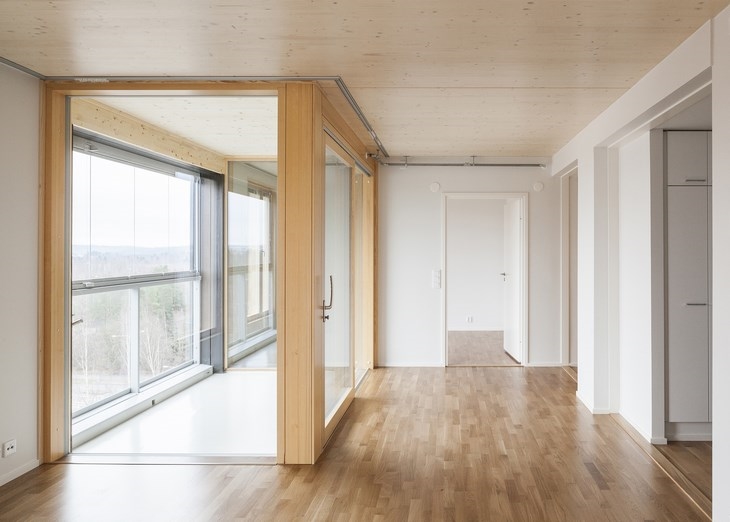 PUUKUOKKA / OOPEAA – OFFICE FOR PERIPHERAL ARCHITECTURE / PHOTOGRAPHY BY MIKKO AUERNIITTY
PUUKUOKKA / OOPEAA – OFFICE FOR PERIPHERAL ARCHITECTURE / PHOTOGRAPHY BY MIKKO AUERNIITTY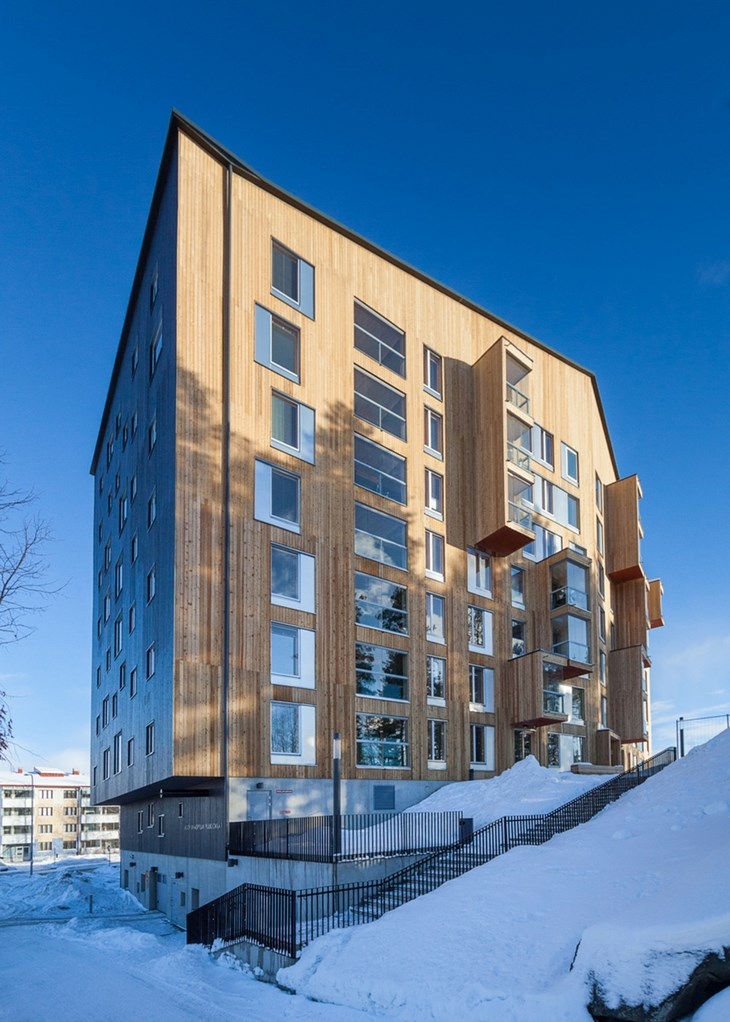 PUUKUOKKA / OOPEAA – OFFICE FOR PERIPHERAL ARCHITECTURE / PHOTOGRAPHY BY MIKKO AUERNIITTY
PUUKUOKKA / OOPEAA – OFFICE FOR PERIPHERAL ARCHITECTURE / PHOTOGRAPHY BY MIKKO AUERNIITTY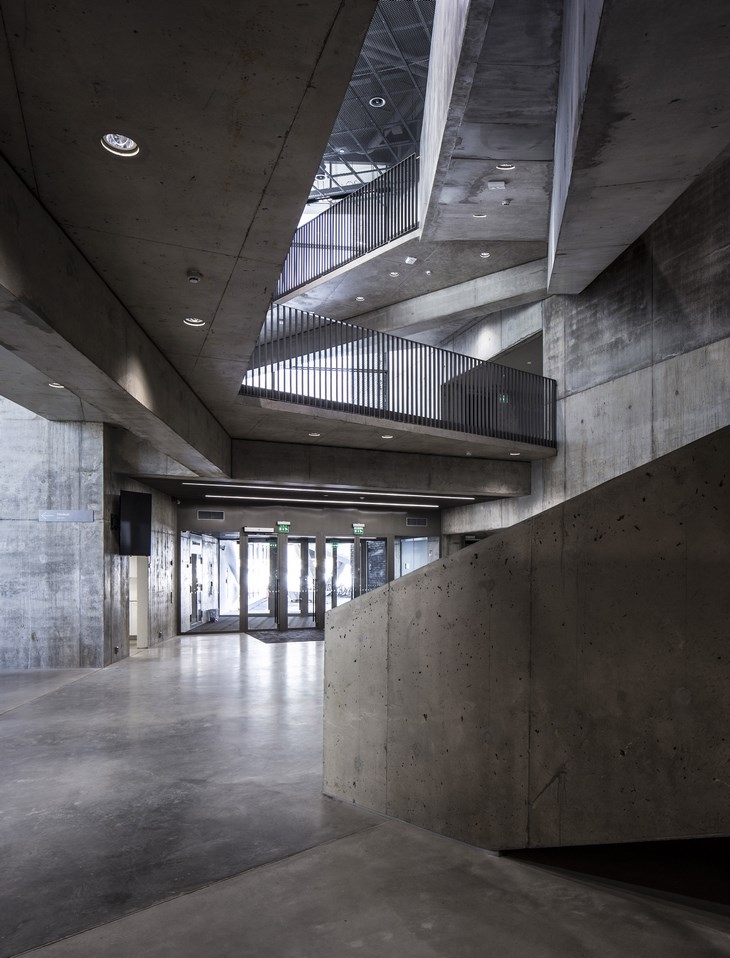 OPINMÄKI SCHOOL / ESA RUSKEEPÄÄ ARCHITECTS / PHOTOGRAPHY BY ANTTI CANTH, ESA RUSKEEPÄÄ ARCHITECTS
OPINMÄKI SCHOOL / ESA RUSKEEPÄÄ ARCHITECTS / PHOTOGRAPHY BY ANTTI CANTH, ESA RUSKEEPÄÄ ARCHITECTS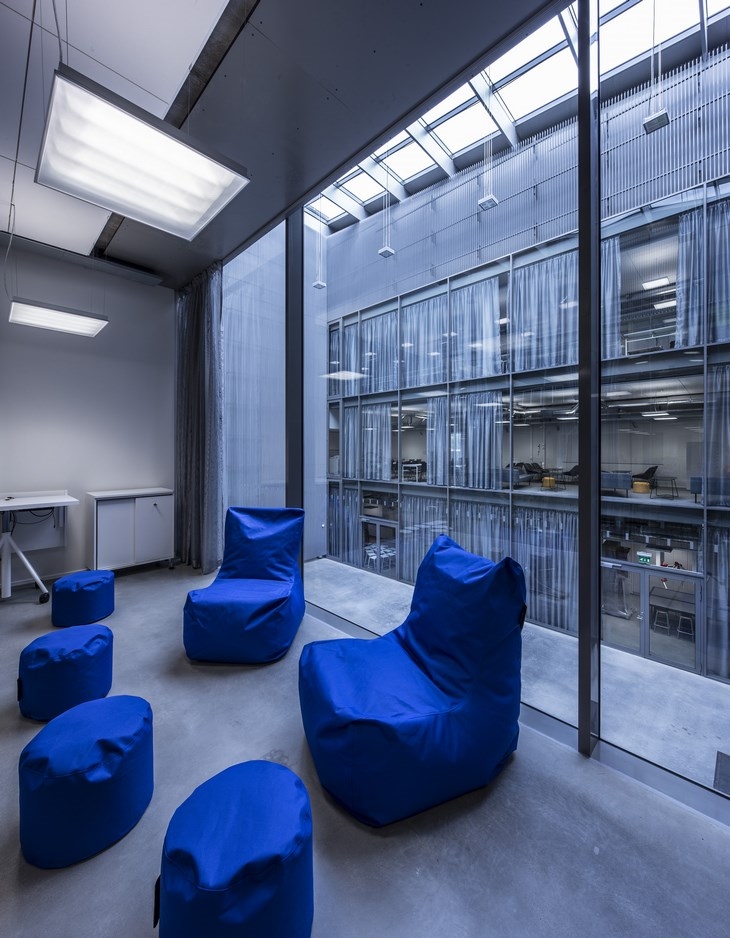 OPINMÄKI SCHOOL / ESA RUSKEEPÄÄ ARCHITECTS / PHOTOGRAPHY BY ANTTI CANTH, ESA RUSKEEPÄÄ ARCHITECTS
OPINMÄKI SCHOOL / ESA RUSKEEPÄÄ ARCHITECTS / PHOTOGRAPHY BY ANTTI CANTH, ESA RUSKEEPÄÄ ARCHITECTS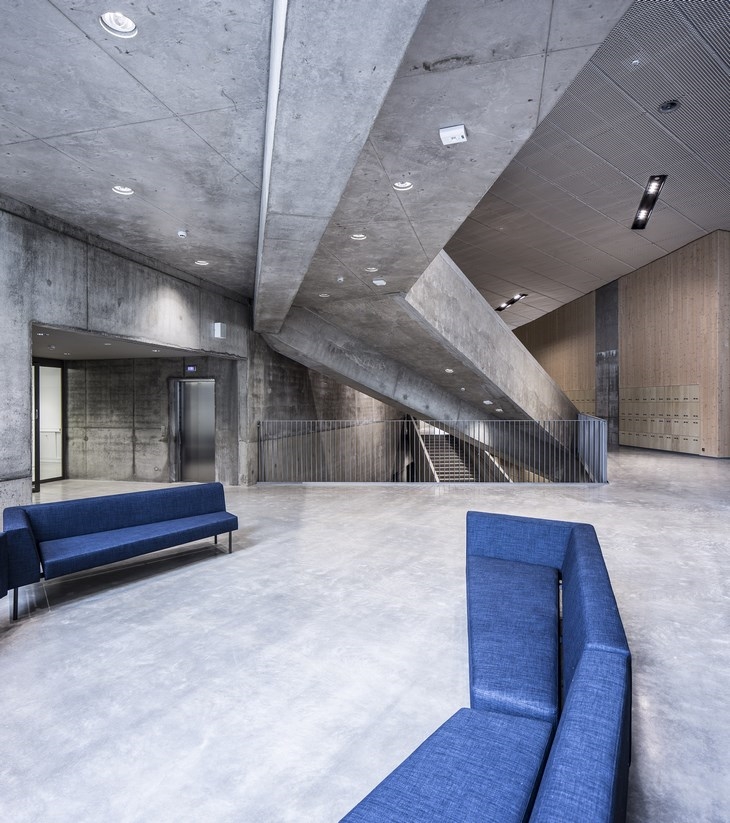 OPINMÄKI SCHOOL / ESA RUSKEEPÄÄ ARCHITECTS / PHOTOGRAPHY BY ANTTI CANTH, ESA RUSKEEPÄÄ ARCHITECTS
OPINMÄKI SCHOOL / ESA RUSKEEPÄÄ ARCHITECTS / PHOTOGRAPHY BY ANTTI CANTH, ESA RUSKEEPÄÄ ARCHITECTS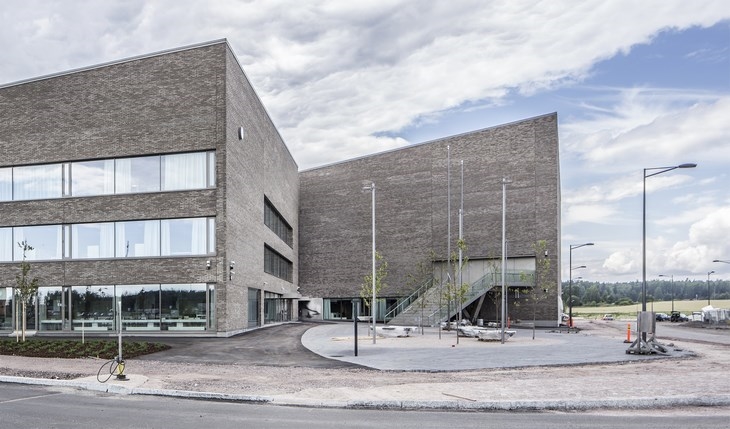 OPINMÄKI SCHOOL / ESA RUSKEEPÄÄ ARCHITECTS / PHOTOGRAPHY BY ANTTI CANTH, ESA RUSKEEPÄÄ ARCHITECTS
OPINMÄKI SCHOOL / ESA RUSKEEPÄÄ ARCHITECTS / PHOTOGRAPHY BY ANTTI CANTH, ESA RUSKEEPÄÄ ARCHITECTS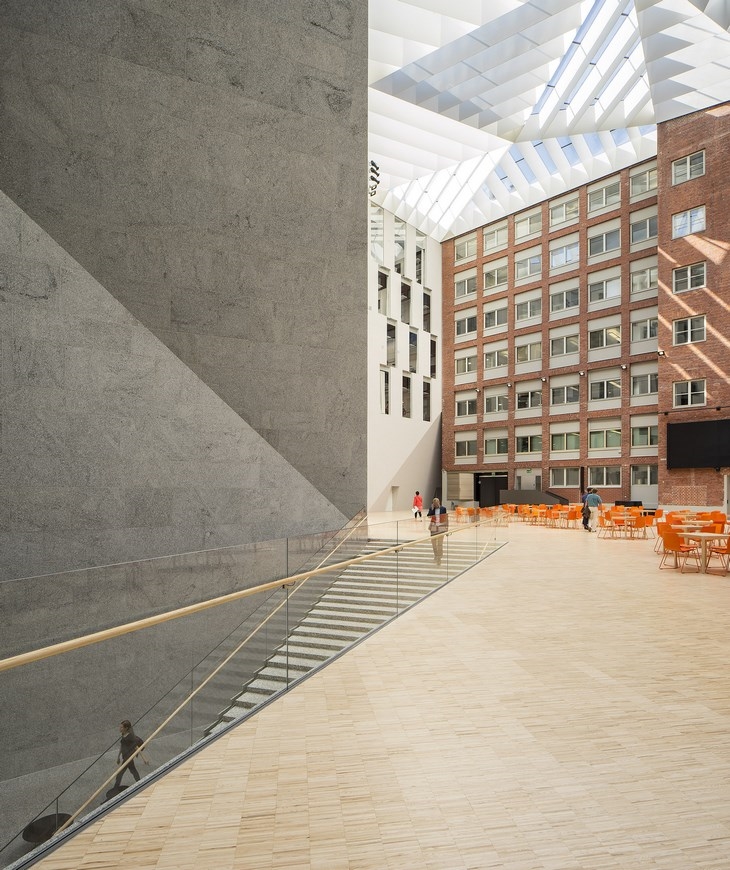 OP HOUSE / JKMM ARCHITECTS / PHOTOGRAPHY BY MIKA HUISMAN
OP HOUSE / JKMM ARCHITECTS / PHOTOGRAPHY BY MIKA HUISMAN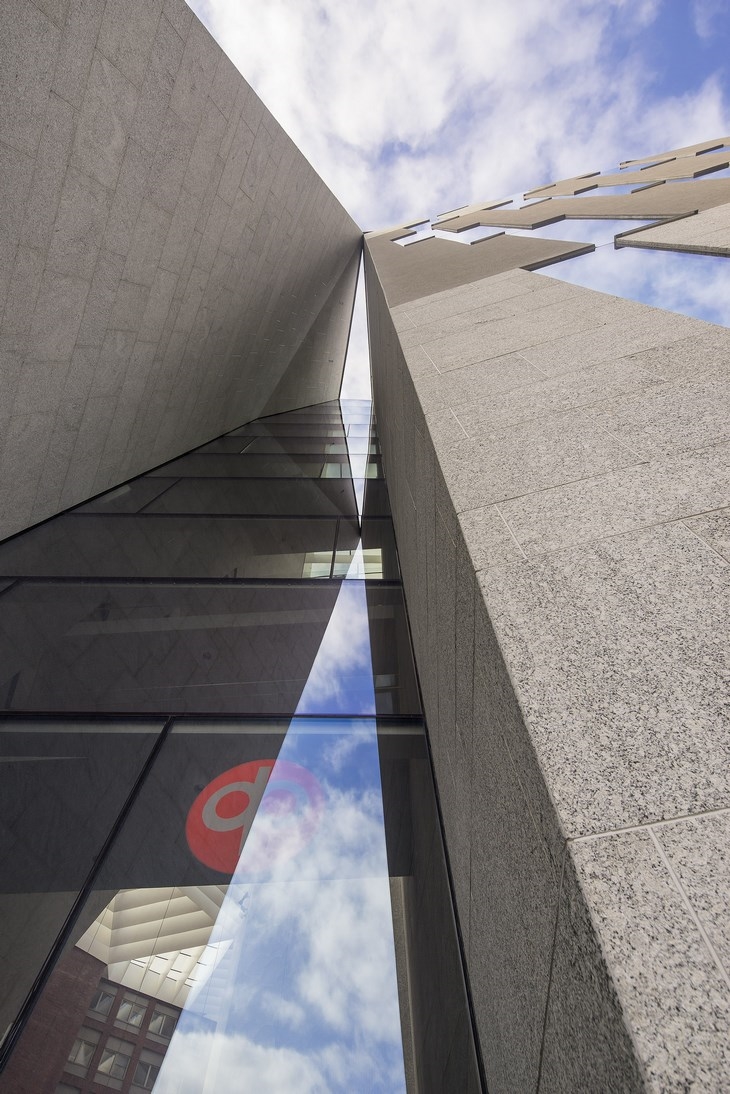 OP HOUSE / JKMM ARCHITECTS / PHOTOGRAPHY BY MIKA HUISMAN
OP HOUSE / JKMM ARCHITECTS / PHOTOGRAPHY BY MIKA HUISMAN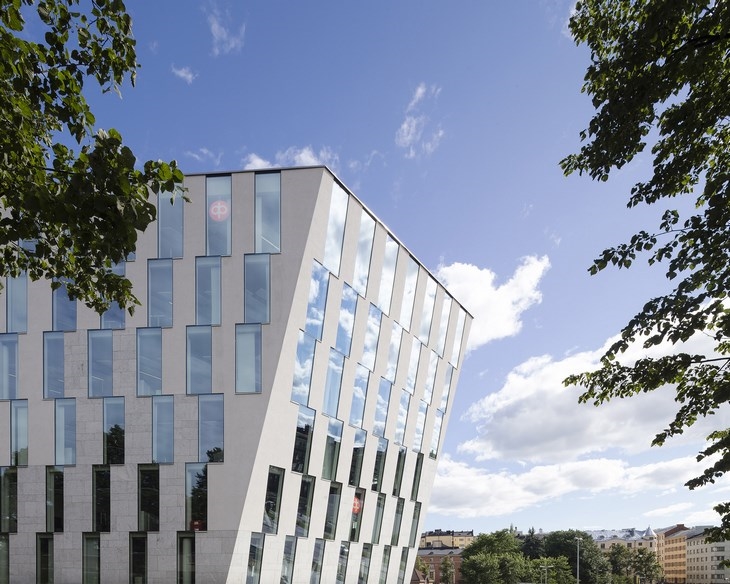 OP HOUSE / JKMM ARCHITECTS / PHOTOGRAPHY BY MARC GOODWIN
OP HOUSE / JKMM ARCHITECTS / PHOTOGRAPHY BY MARC GOODWIN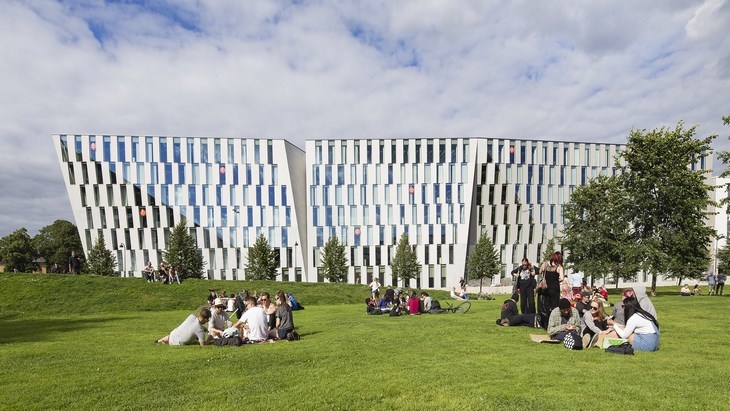 OP HOUSE / JKMM ARCHITECTS / PHOTOGRAPHY BY MARC GOODWIN
OP HOUSE / JKMM ARCHITECTS / PHOTOGRAPHY BY MARC GOODWIN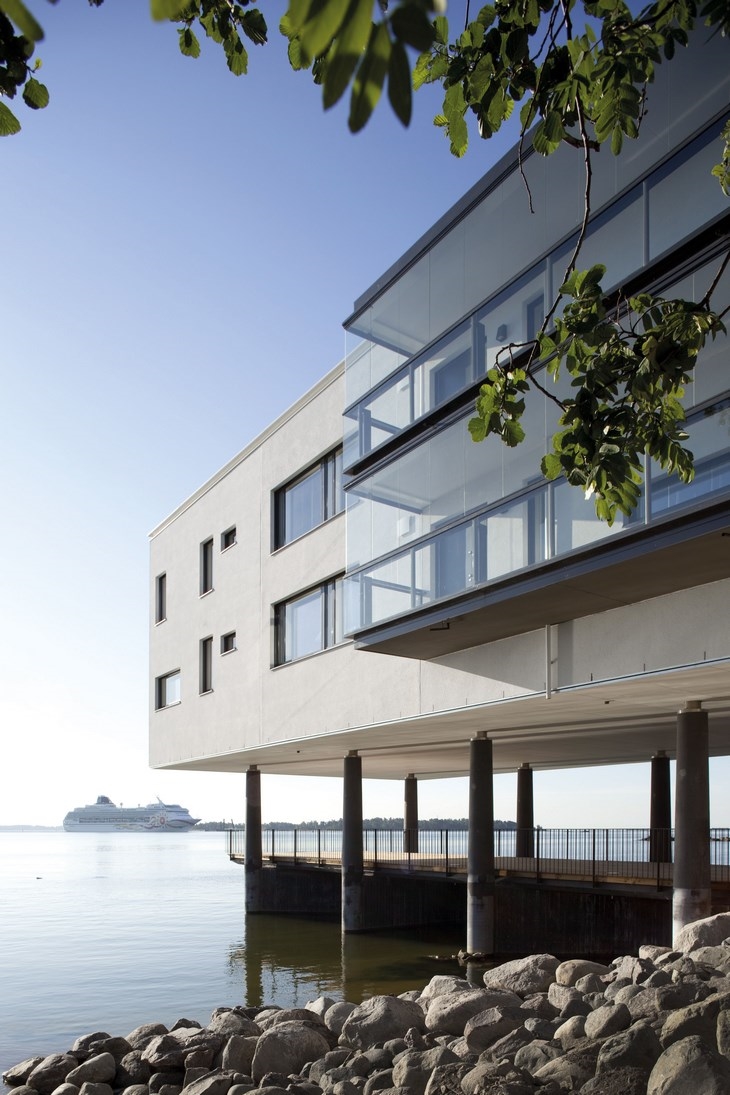 MERENKULKIJANRANTA / ARKKITEHDIT NRT OY / PHOTOGRAPHY BY ANTTI LUUTONEN
MERENKULKIJANRANTA / ARKKITEHDIT NRT OY / PHOTOGRAPHY BY ANTTI LUUTONEN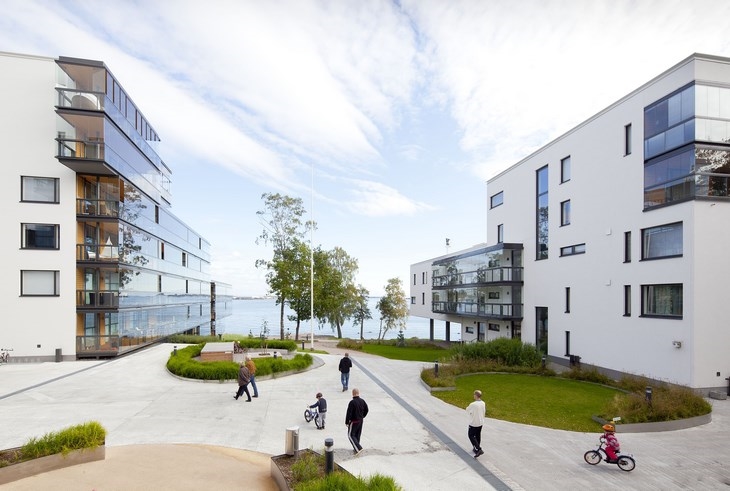 MERENKULKIJANRANTA / ARKKITEHDIT NRT OY / PHOTOGRAPHY BY ANTTI LUUTONEN
MERENKULKIJANRANTA / ARKKITEHDIT NRT OY / PHOTOGRAPHY BY ANTTI LUUTONEN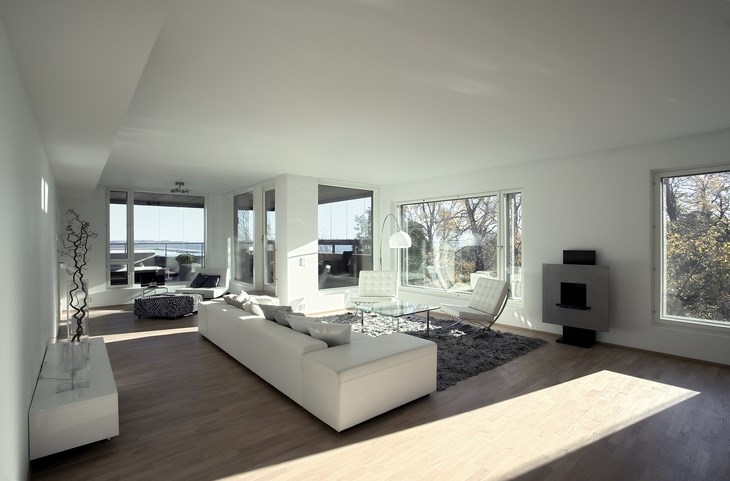 MERENKULKIJANRANTA / ARKKITEHDIT NRT OY / PHOTOGRAPHY BY ANTTI LUUTONEN
MERENKULKIJANRANTA / ARKKITEHDIT NRT OY / PHOTOGRAPHY BY ANTTI LUUTONEN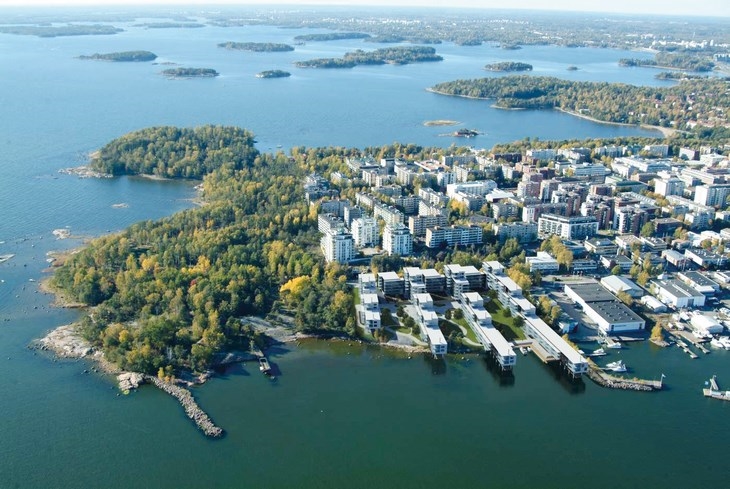 MERENKULKIJANRANTA / ARKKITEHDIT NRT OY / PHOTOGRAPHY BY NRT
MERENKULKIJANRANTA / ARKKITEHDIT NRT OY / PHOTOGRAPHY BY NRT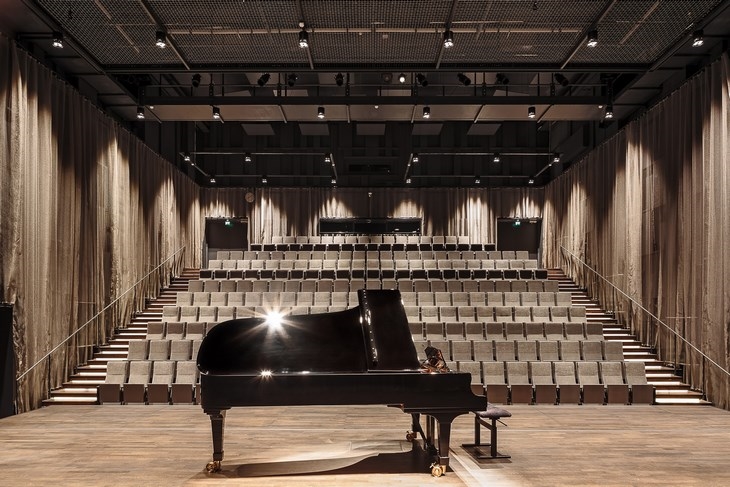 KANGASALA ART CENTER / HEIKKINEN-KOMONEN ARCHITECTS / PHOTOGRAPHY BY TUOMAS UUSHEIMO
KANGASALA ART CENTER / HEIKKINEN-KOMONEN ARCHITECTS / PHOTOGRAPHY BY TUOMAS UUSHEIMO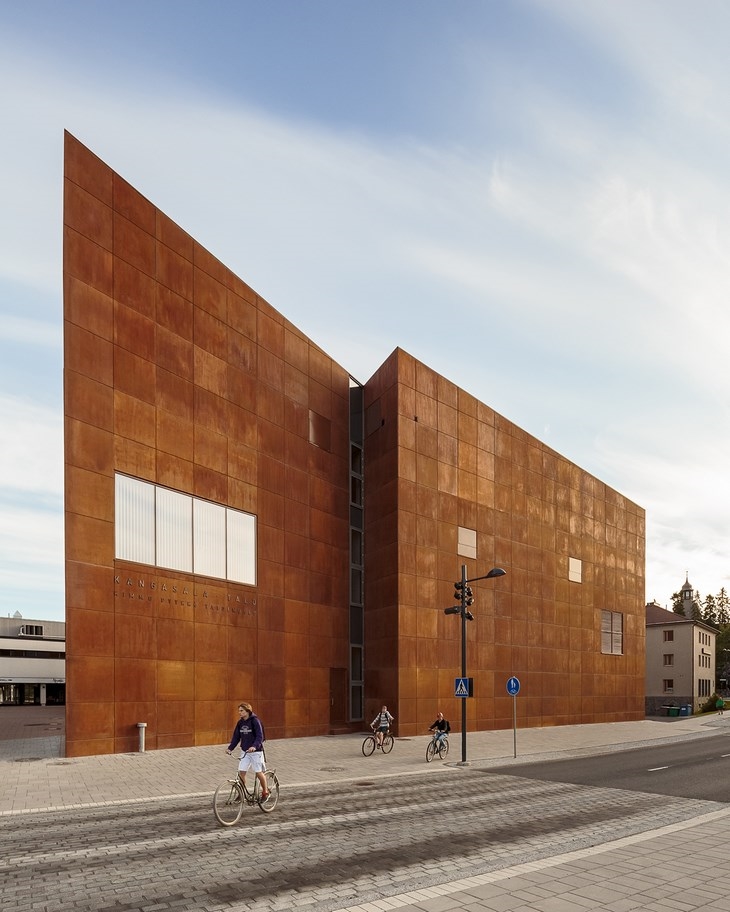 KANGASALA ART CENTER / HEIKKINEN-KOMONEN ARCHITECTS / PHOTOGRAPHY BY TUOMAS UUSHEIMO
KANGASALA ART CENTER / HEIKKINEN-KOMONEN ARCHITECTS / PHOTOGRAPHY BY TUOMAS UUSHEIMO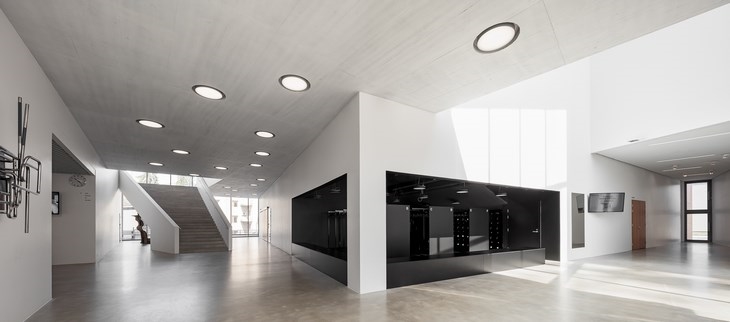 KANGASALA ART CENTER / HEIKKINEN-KOMONEN ARCHITECTS / PHOTOGRAPHY BY TUOMAS UUSHEIMO
KANGASALA ART CENTER / HEIKKINEN-KOMONEN ARCHITECTS / PHOTOGRAPHY BY TUOMAS UUSHEIMOREAD ALSO: COLOMINA & WIGLEY ANNOUNCED THE 3rd ISTANBUL BIENNIAL THEME